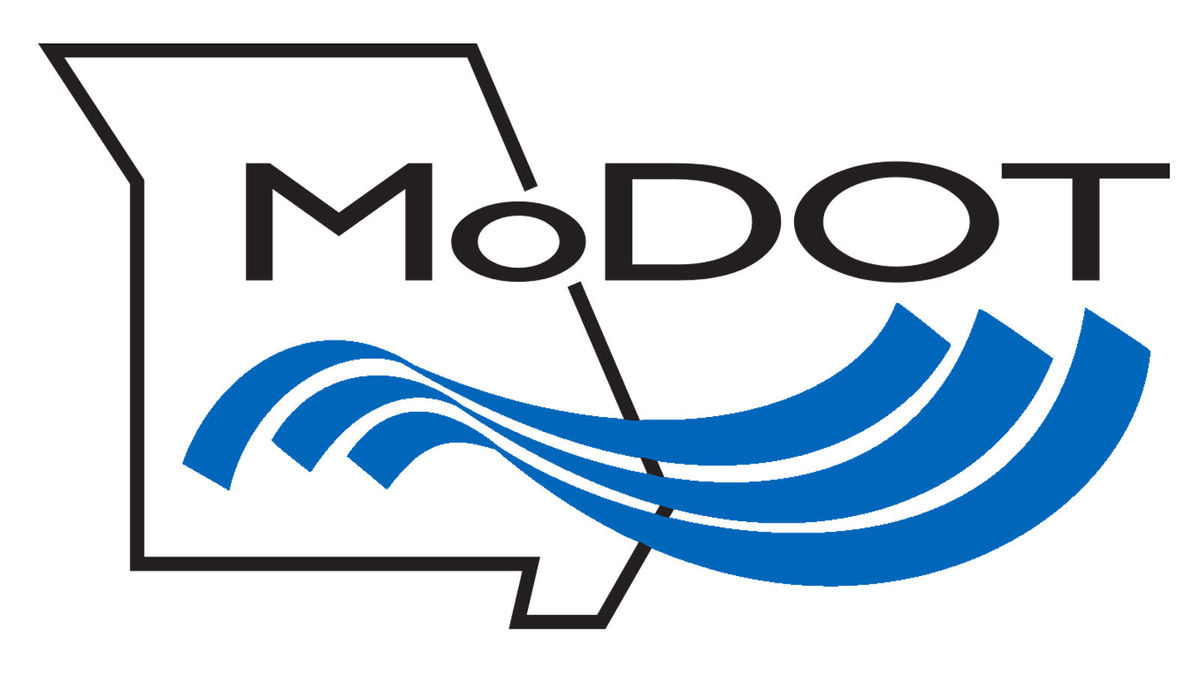 MoDOT’s new criteria for bridges’ concerns of safety have changed; throwing several of Nodaway County’s structures off the list to receive financial aid in rebuilding.
MoDOT’s new criteria for bridges’ concerns of safety have changed; throwing several of Nodaway County’s structures off the list to receive financial aid in rebuilding.
Federal requirements have changed how bridges are categorized. The off-system local bridge (BRO) eligible bridges will now be categorized as “poor,” rather than “deficient,” to qualify for the program. This change is intended to focus limited funds on bridges needing the most attention; the ones that are one step away from being closed due to structural inadequacies.
The BRO program has changed to a distribution of money based on the area of poor condition bridge deck, rather than a distribution based upon bridges being deficient.
Since last fall there are now two categories when MoDOT officials rate bridges from one to nine. Some structures may not meet all the requirements of the federal government and eligibility to be part of the BRO funding program. “Poor” bridges are structurally in a condition with a rating of four or below.
Nodaway County has three BRO bridges planned to be rebuilt:
• 160th Street crossing Honey Creek, $710,000 estimated cost in 2023
• 200th Street crossing Clear Creek, $680,500 estimated cost in 2023
• 352 Street crossing the 102 River, $1,782,500 estimate cost in 2024
Now the new term, “functionally obsolete,” recognizes the bridge itself is not deficient in safety but instead the structure could be faced with a variety of issues that make the bridge non functional in MoDOT’s criteria. Some of these issues could be the lane width, rail heights, waterway adequacy and clearances. None of these speak to the safety of the structure.
Before the changing of the focus, there were 2,700 in the state listed as deficient. Now there are only 1,300 considered poor. Bridges that were listed as needing rehabilitation or replacement from the deficient eligibility list, must be under construction contract by the end of calendar year 2023. Beginning January 1, 2024, only bridges from the poor eligibility list can use BRO funding.
Additional money was made available for the BRO program with the passage of the Infrastructure Investment and Jobs Act (IIJA) in late 2021. Under IIJA, the minimum allocation percentage for the BRO program was increased from 15 to 20 percent, which is estimated to add approximately $7 million to the annual BRO allocation.
Within the Northwest District of 18 counties, this increase raised the funding to 24.08 percent to 35.16 percent, adding over $4.6 million to the distribution, so the funding for FY2022-23 to be $9,395,975.
Moving forward, the BRO program will be modernized to distribute the funding on a MoDOT district basis using the total deck area of poor bridges in the district. Federal FY2022-23 will be used as a transition year in which all existing negative county balances will be cleared before the statewide funds are distributed to a region. Counties will be allowed to carry existing positive balances forward into the regional program.
Initially, applications for three years of funding will be requested from the county. Regional committees will be established to make the final determination of bridges selected for the initial three year schedule. The bridge schedule will then be updated on a yearly basis.
The softmatch credit program will continue to be available. As with BRO bridges, bridges for soft match credit will be requested are currently eligible using either the deficient eligibility list or the poor eligibility list. However, now requests for soft match credit for deficient bridges must be submitted by the end of calendar year 2023. Beginning January 1, 2024, only bridges from the poor eligibility list can receive soft match credit.
Nodaway County, with its three rivers, Nodaway, 102 and Platte, has many structures to cross the tributaries. The soft match credit program has allowed the county to leverage MoDOT funding with local match and have the county crew construct some of the smaller spans of bridges.
Nodaway County had several softmatch bridges that were slated for the local road and bridge crew to construct in the coming years. Now with the new criteria, several bridges that were on the deficient list may not be on the poor list, so the match-funding is in jeopardy. Literally there are bridges that were deemed deficient by the MoDOT inspectors that will not make the poor bridge cut. Commissioners are somewhat perplexed on the path forward for some of these structures.




Facebook Comments